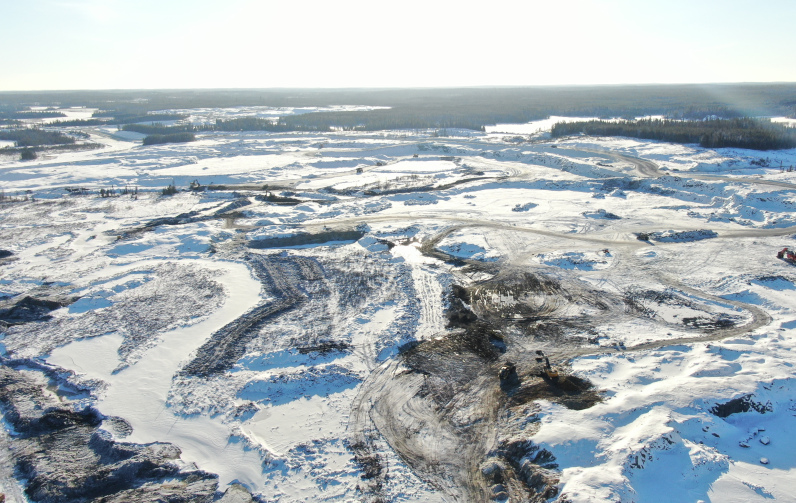CanMicro was selected as one of six finalists in the Crush It! Challenge before ultimately winning the grand prize. Courtesy of CMIC.
Updated with comment from Erin Bobicki
The Canadian Mining Innovation Council (CMIC) was announced as the long-awaited winner of Natural Resources Canada’s Crush It! Challenge on June 13, earning it the $5 million grand prize for its microwave technology designed by Dr. Erin Bobicki, associate professor at the University of Alberta, and her team.
The challenge was looking for energy-saving innovation in the crushing and grinding of rocks, or comminution, which is among the most energy-intensive processes in the mining industry. CanMicro, the winning cleantech solution, was devised by combining microwave-assisted comminution and multi-sensor ore sorting to achieve 46.5 per cent energy savings across many different commodities, exceeding challenge guidelines.
The project was designed to expose copper, nickel and gold ores to high-power microwave radiation at large particles sizes (up to 150 millimetres), creating micro-factures along grain boundaries to reduce ore competency and increase mineral liberation after grinding. The generation of a thermal signature also was meant to facilitate ore sorting so that only those containing value minerals would be subjected to fine grinding. CanMicro was created with a high-powered multi-mode microwave system in mind to allow scaling-up at levels of throughput above 1,000 tonnes per hour, as required by the needs of the industry.
The Crush It! Challenge was launched in 2018 as part of the federal government’s Impact Canada Initiative, receiving 65 applications. Six finalists were advanced to the final round in 2019, receiving up to $800,000 to build and test their solutions. While the announcement of the winner was delayed, previously planned for the summer of 2021, the commercialization process for CanMicro is already under way in collaboration between Sepro Mineral Systems and Bobicki.
The CanMicro team was spearheaded by Dr. Bobicki as its technical lead. Project research and testing were also contributed to by some of Bobicki’s students, as well as Dr. Christopher Pickles, Queens University, and one of his students. Sepro Mineral Systems hosted a pilot plant and Glencore Canada provided ore samples as well as the mineralogy.
“This is a technology that I have believed in for a long time. I've worked on this for over 10 years now, since I did my PhD,” said Bobicki. “So for me, it's very, very validating that we were able to prove that that it works. My team did an excellent job.”




